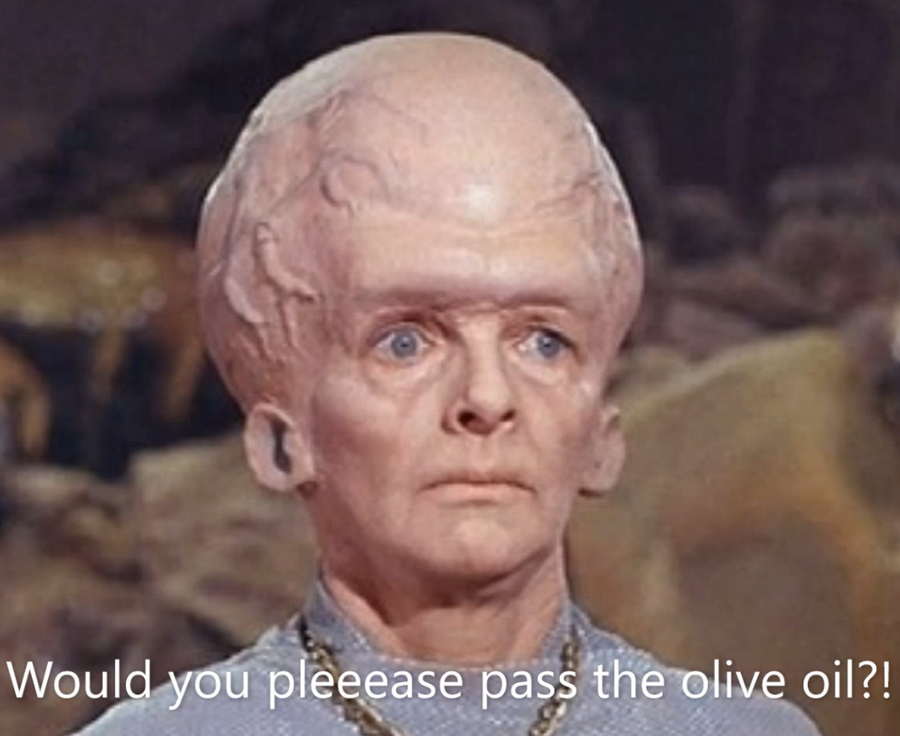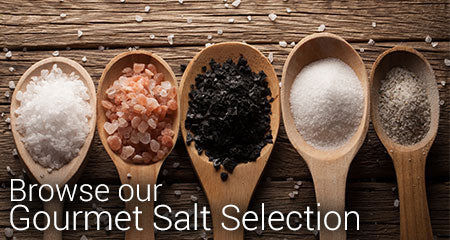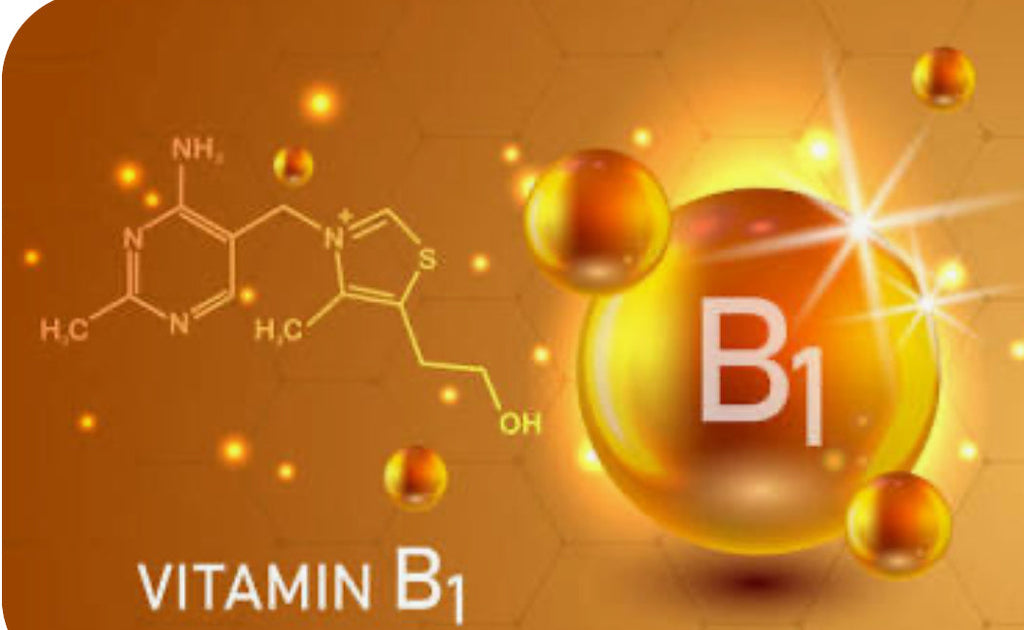Your Brain on EVOO, part III - Blog #5

Hey Everyone! Hope you’ve had an amazing week. There was a lot of information in last week’s blog. Today we’ll finish talking about the brain and how EVOO does such amazing things for us.
Okay, now that we’ve tackled Alzheimer’s Disease, Parkinson’s Disease and dementia, let’s take a look at an acute brain injury. Cerebrovascular Accident (CVA), or stroke, is the #5 top killer in America. It affects 795,000 people per year in the U.S., according to the CDC. About 1/4 of these are people that have had previous strokes. CVA kills about 130,000 Americans each year. (1 in every 18 deaths). One American dies from CVA every 4 min on average. “Stroke costs the United States an estimated $54 billion each year.” When a CVA occurs and blood flow is interrupted to a region Of the brain that controls a particular part of the body, that part of the body won’t work correctly. Every individual is different, but there are some patterns. Usually, one side of the body is affected with varying degrees of paralysis. Vision, memory, hearing, speech, swallowing can all be affected as well. If a severe CVA occurs in the brain stem, both sides can be paralyzed, leaving the individual in a ‘locked-in’ state unable to move below the neck or speak. CVAs can be due to a blocked blood vessel (87%), cutting off blood flow, or a ruptured blood vessel leaking blood everywhere. (blood itself is actually toxic to brain cells). Okay, a stroke is a very bad thing. Your outcome depends on just how severe the stroke is. Maybe you’ve heard of TIAs (transient ischemic attacks)? These are often termed mini-strokes, small hits to the brain. This is a problem with many more people than have a full-on stroke. How many hits does it take to... So are you thinking what I’m thinking? I need my arteries carrying blood to the brain to 1) stay intact 2) keep blood flowing easily.
Remember what Oleic Acid (OA) does for our blood vessels in the cardiovascular system? (Improves elasticity, prevents cholesterol plaques from forming, review Heart Health). Let’s take a look at what EVOO with its OA and powerful antioxidants, such as oleocanthal (OC) can do for the blood vessels in the brain. A human trial study on Olive Oil Consumption, Plasma Oleic Acid, and Stroke Incidence: The Three-City Study (C.Samieri et al. Neurology. 2011) was conducted with older subjects. Participants were followed over a median follow-up of 5.25 years. Compared to the individuals that never used EVOO, the ones with “intensive use” lowered their risk of stroke by 41%. The individuals that consumed HIGH AMOUNTS of EVOO demonstrated a 73% reduction in stroke. WHAT?!!!! Their study demonstrated that the higher levels of plasma OA was associated with lower stroke incidence. So, even though they don’t give a specific recommended amount of EVOO to consume, the higher amount consumed seems to be the important factor. Furthermore, OA is being studied, not only for it’s neuroprotective properties, but also its potential use to treat cerebral ischemia within a “feasible therapeutic window.”
Let’s move on to the leading cause of disability worldwide. Depression. It is a mood disorder that can bring about long-lasting symptoms such as “overwhelming sadness, low energy, loss of appetite, and a lack of interest in things that used to bring pleasure.” The World Health Organization estimates more than 300 million people world-wide suffer from depression. Many physical symptoms of depression include insomnia or oversleeping, debilitating fatigue, increased or decreased appetite, increased or decreased weight gain, difficulty concentrating or making difficult decisions, unexplained aches and pains. There are many types of depression, including major depressive disorder, persistent depressive disorder, bipolar disorder, seasonal depression, postpartum depression and psychotic depression. Scientists have discovered a very close relationship between metabolic disorder, Type 2 Diabetes and brain dysfunction that encompasses both mood and cognitive disorders. According to Frontiers in Neuroscience: Neuroenergetics, Nutrition and Brain Health, “The mechanisms underlying this connection appear largely based on neuroinflammation and dysregulated brain insulin signaling, both of which can result from nutritional imbalance. Neuroinflammation stands out as a hallmark feature of brain disorders that may be linked to peripheral metabolic dyshomeostasis caused by an unhealthy diet.” Okay, let’s break this down. First of all, inflammation of the neurons is one of the problems. Second, insulin sensitivity in the brain is all messed up and imbalanced causing havoc down the line into the peripheral nerves. Hmm...this leads to peripheral neuropathy. Reduced insulin signaling in the brain leads to increased dopamine clearance, lowering dopamine availability in the brain. This change in dopamine metabolism in a study in mice resulted in “age-related anxiety and depressive-like behavior.” The gut-microbiota-brain axis has also been implicated in neuroinflammation and the development of neuropsychiatric disorders.
Okay, so can Oleic Acid (OA) and Oleocanthal (OC) in EVOO help depression? The answer is YES. According to the NIH, “present findings suggest that olive oil has neuroprotective effects. So it could be used as a therapeutic substance for the treatment of depression and anxiety.” A study done in mice revealed that repeated administration of EVOO “produces anxiolytic and antidepressant effects.” We know from last week that OA and OC cross the BBB (blood-brain barrier). They are important in regulation of dopamine and improving insulin sensitivity for normal brain function!
Chronic Fatigue Syndrome (CFS), also called myalgic encephalomyelitis (ME), and Fibromyalgia (FM) are idiopathic (unknown origin). There appears to be a close relationship with these syndromes as well. This condition is often a sudden onset of “infectious-like” illness. It affects roughly 2.5 million people. Research demonstrates a pathological involvement involving the CNS, ANS (autonomic nervous system), energy metabolism (associated with oxidative stress) and the immune system. A clinical trial in 2005 discovered an imbalance of FFAs with increased levels of Omega 6 PUFAs and OA, with low levels of Omega 3s. The omega 3/6 ratio has previously been negatively correlated to the severity of symptoms, such as chronic pain, fatigue and failing memory, lower serum zinc levels and defects in early T-cell formation (immune cells). “Patients with severe symptoms and increased production of proinflammatory cytokines during the initial illness were the most likely to develop CFS.” https://www.ncbi.nlm.nih.gov/pmc/articles/PMC5576849/
Studies to determine root causes of CFS are ongoing all over the world. A study in northern Italy found the average onset of CFS is about 32 years, with 50% showing the first symptoms between 24-40 years of age and more prevalent in women. Almost 15% suffered from autoimmune diseases and 43% suffered from depression (Int. J. Immunopathology and Pharmacology; March 1, 2015). Taking a look at combatting oxidative stress appears to be helpful. Oleocanthal in EVOO does this. “Numerous epidemiological studies indicate that long-term intake of a Mediterranean diet, characterized by a high consumption of EVOO, correlates with better cognition in aged populations” (Int. J. Mol. Sci. 2018, 19,2329).
FM also has a spectrum of symptoms including, debilitating fatigue, chronic musculoskeletal pain, altered pain processing in the brain and spinal cord, joint stiffness, sleep disturbance, waking un-refreshed, depressed mood, migraine and allodynia (exaggerated perception of painful stimuli). It is more common in people with rheumatoid disease and affects 2% (6 million) of the adult population with a higher prevalence in females. Many studies have shown CoQ-10 deficiency in FM patients, increased oxidative stress and damage in patients, mitochondrial dysfunction (powerhouse of the cell), inflammation, increased cholesterol, as well as an imbalance of FFAs. A randomized clinical trial research study in 2016 looked at 31 women diagnosed with FM. They were given a diet with an olive-tree based supplement along with a gluten-free low histamine diet for 2 months. It showed significant beneficial effects on the intensity of FM symptoms. This is very promising. It has been well-established that high polyphenol EVOO, with its powerful antioxidants tend to fight oxidative stress, metabolic dysfunction, neuronal protection and repair, along with protecting organs, fighting autoimmune disease and many other things. Does it not make sense that giving your body this powerful tool can help decrease the terrible symptoms of these syndromes? I think so. After all the research studies I’ve read on this, I also feel supplementing with CoQ-10 and Omega 3s should be part of the strategy as well. (*talk to your MD before stopping any medication or adding any supplements*).
Now, let’s take a look at Multiple Sclerosis (MS). MS is considered fairly rare, with roughly 100,000 people in the U.S. currently living with it. MS is considered an autoimmune disease in which the body’s immune system attacks its own myelin. Remember from last week, myelin is the insulating substance wrapped around neurons in the brain and spinal cord (CNS), as well as the PNS that coats and protects them. It also speeds up transmission of the signal. MS attacks the myelin causing sclerosis (scarring or hardening) around nerve cells interrupting the signals from the brain to other parts of the body. MS is unpredictable and differs from person to person. It can affect nerves that control taste, smell, touch, sight and bladder, have an impact on mental and emotional wellbeing and cause sensitivity to temperature. Many people with MS live a normal lifespan, but with the disability.
Since the myelin sheath is made up primarily of fat (70-85%), doesn’t it make sense to include good fat in your diet? Especially the ones that are important in membrane synthesis and maintenance?? The cells that make CNS myelin are called Oligodendrocytes (OL). In the PNS, they are called Schwann Cells. They require “rapid access to large quantities of lipids over a short period of time to achieve accurate production of the considerable membrane mass required to myelinate multiple axons” (Chrast et al.,2011;Nave and Werner,2014;Schmitt et al.,2015). Fatty acid synthesis in OLs play key roles in CNS myelination and demyelination. They also depend on cholesterol synthesis for efficient radial growth of myelin.
Okay. So, remember Oleic Acid’s roll in membranes? It takes a LOT of membranes to create the myelin sheath because they are wrapped in several layers . Also, remember that OA is a major fatty acid in brain myelin and is deposited rapidly during synthesis of myelin in the brain. So, between its roll in the creation of myelin and the neuroprotective benefits of OC, EVOO is essential in the diet.
What about TBI? A study evaluating the neuroprotective effects of oleocanthal on traumatic brain injury (TBI) looked at 26 adult male rats. Brain samples were collected 72 hours after brain injury. Results show “OC has a protective effect of neural cells after TBI.
ALS (amyotrophic lateral sclerosis or Lou Gehrig’s disease), leads to memory problems and cognitive impairment. Differing from MS, ALS is a neurodegenerative disease. Early on, it can be hard to differentiate between MS and ALS. However, ALS is a motor neuron disease that damages the actual motor neurons in the brain and spinal cord, causing the myelin sheath to become harder. It leads to loss of control of motor functions (control of muscles) and atrophy (muscle wasting). Sadly, people with ALS survive only about 2-5 years after diagnosis.
Okay. We’ve covered so much and are learning what we can do to prevent and treat strokes, depression and other neurological disorders in our society. Next week let’s move on from the brain and nervous systems, and talk about the number 2 killer in the U.S., Cancer. I hope you all have a great week! Until next time...drink your high polyphenol EVOO, get plenty water and sleep, eat some fatty fish, exercise your body and mind!!
This blog is intended for informational purposes only. Discuss strategies with your Healthcare Practitioner.






